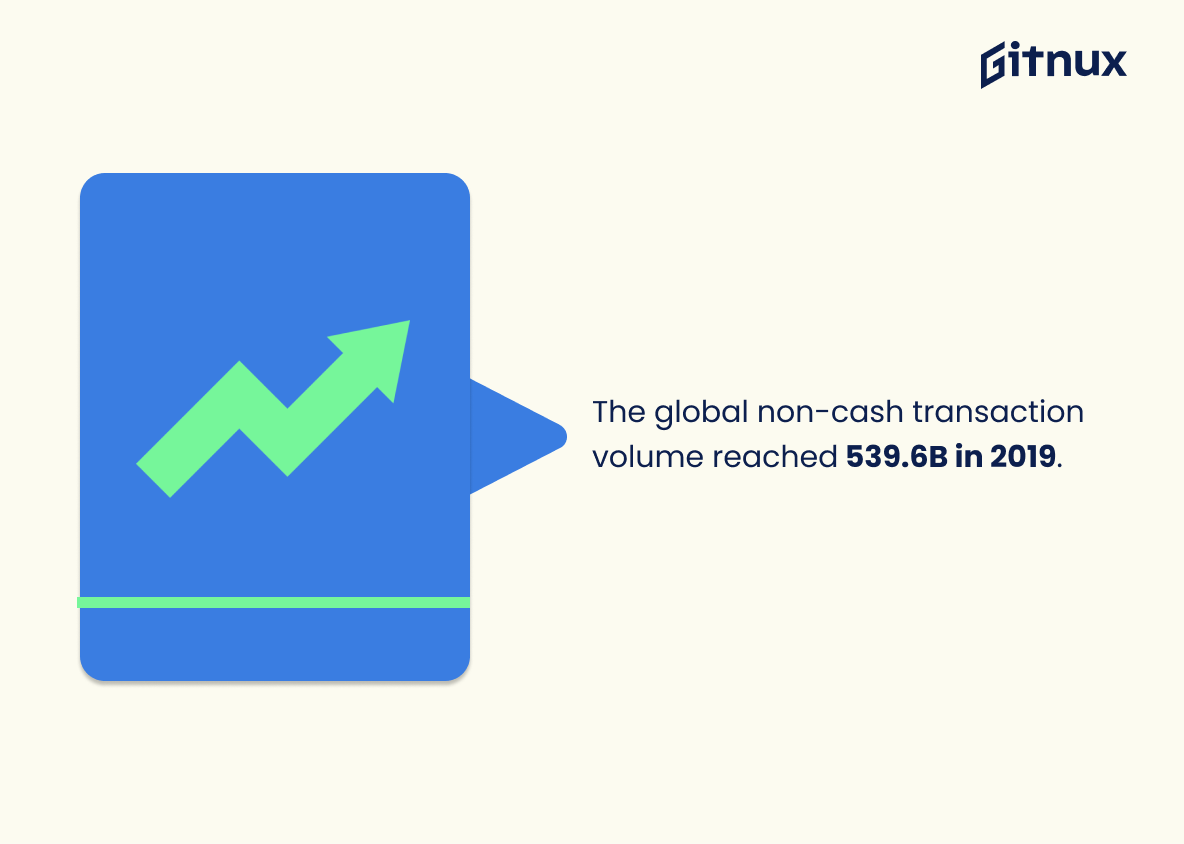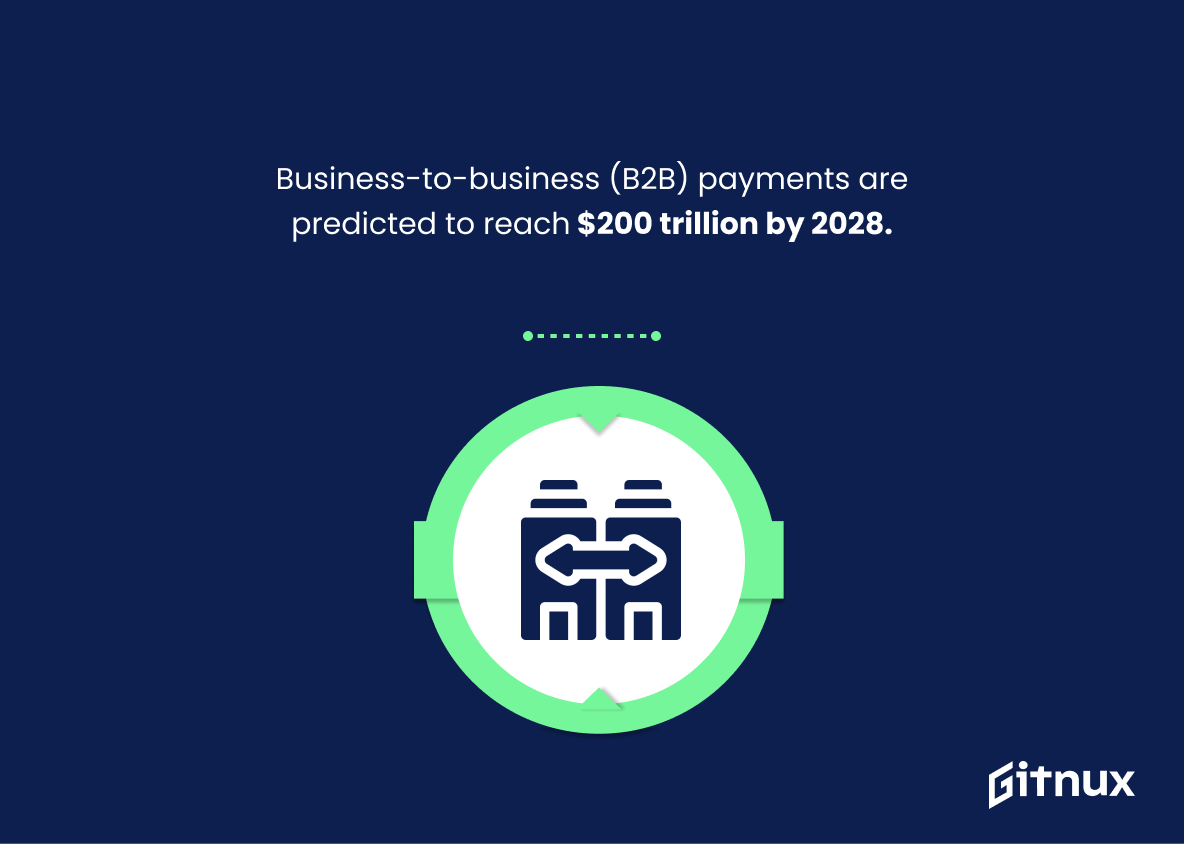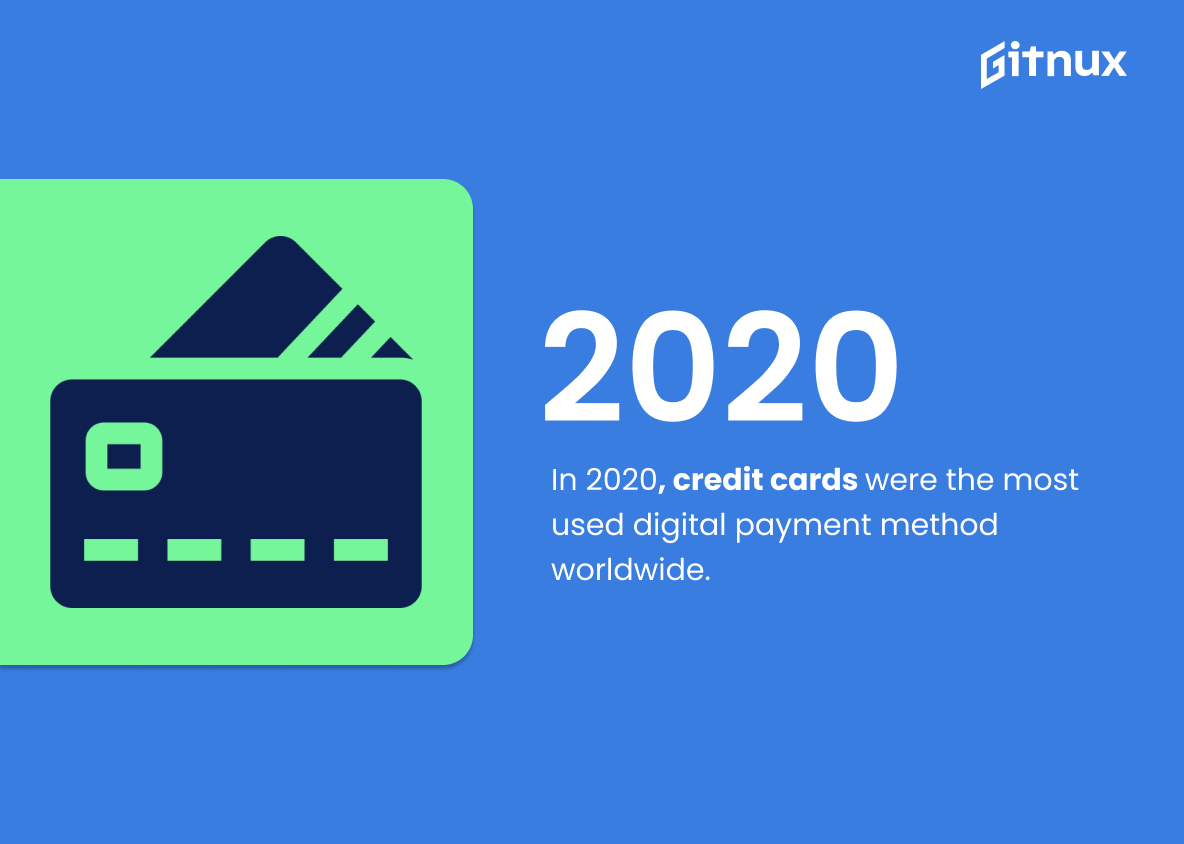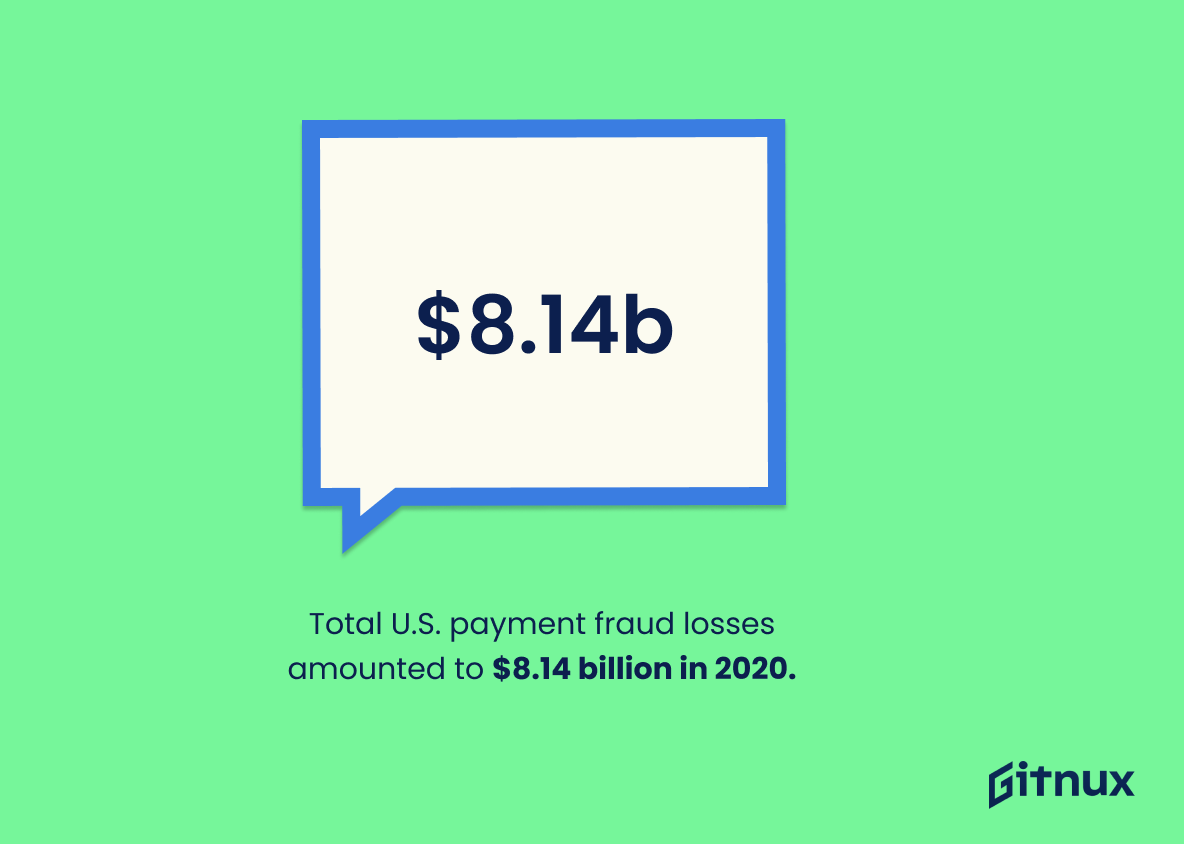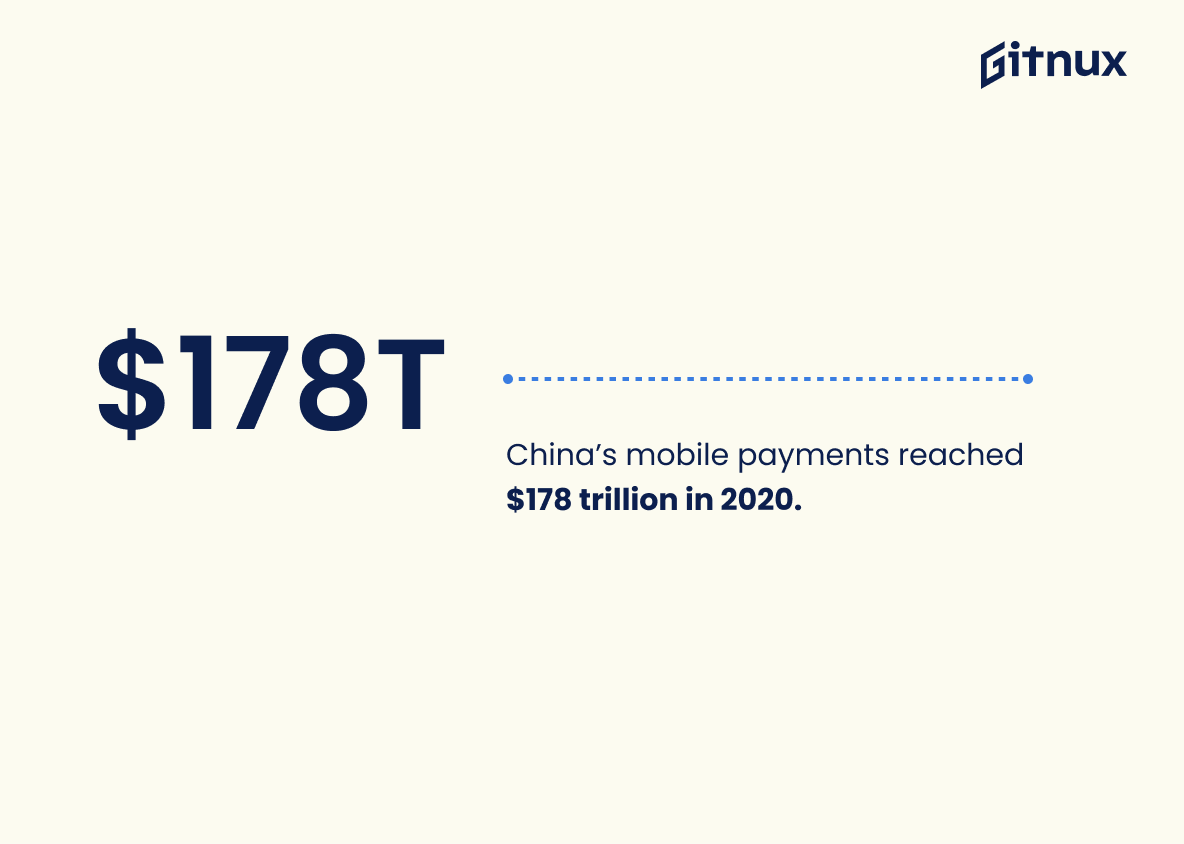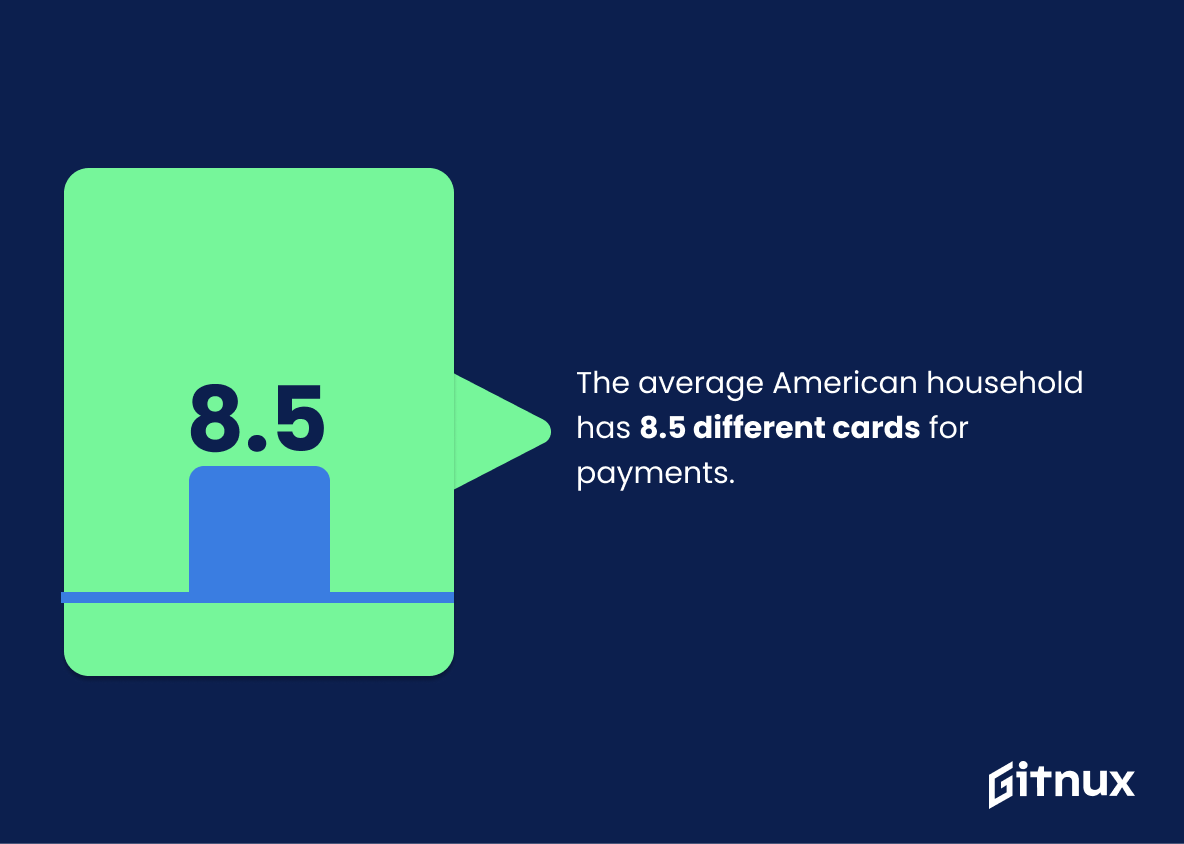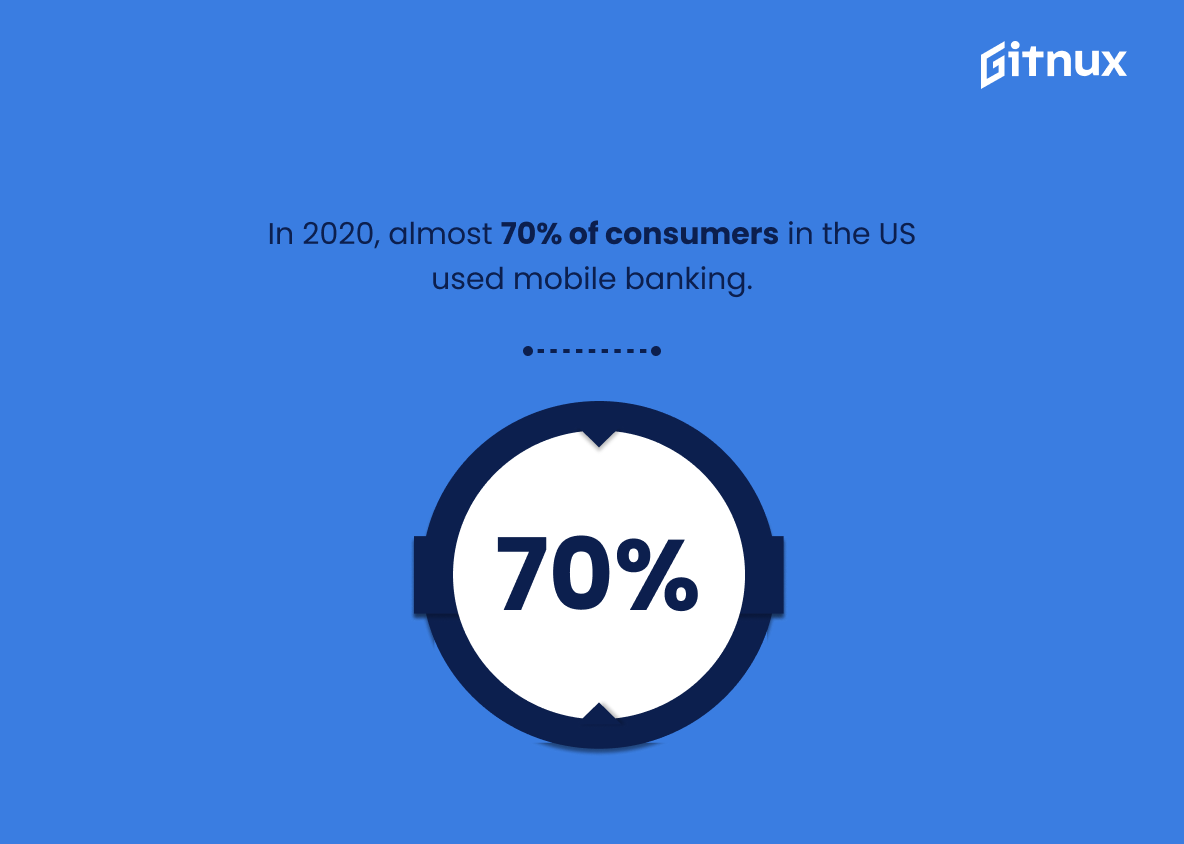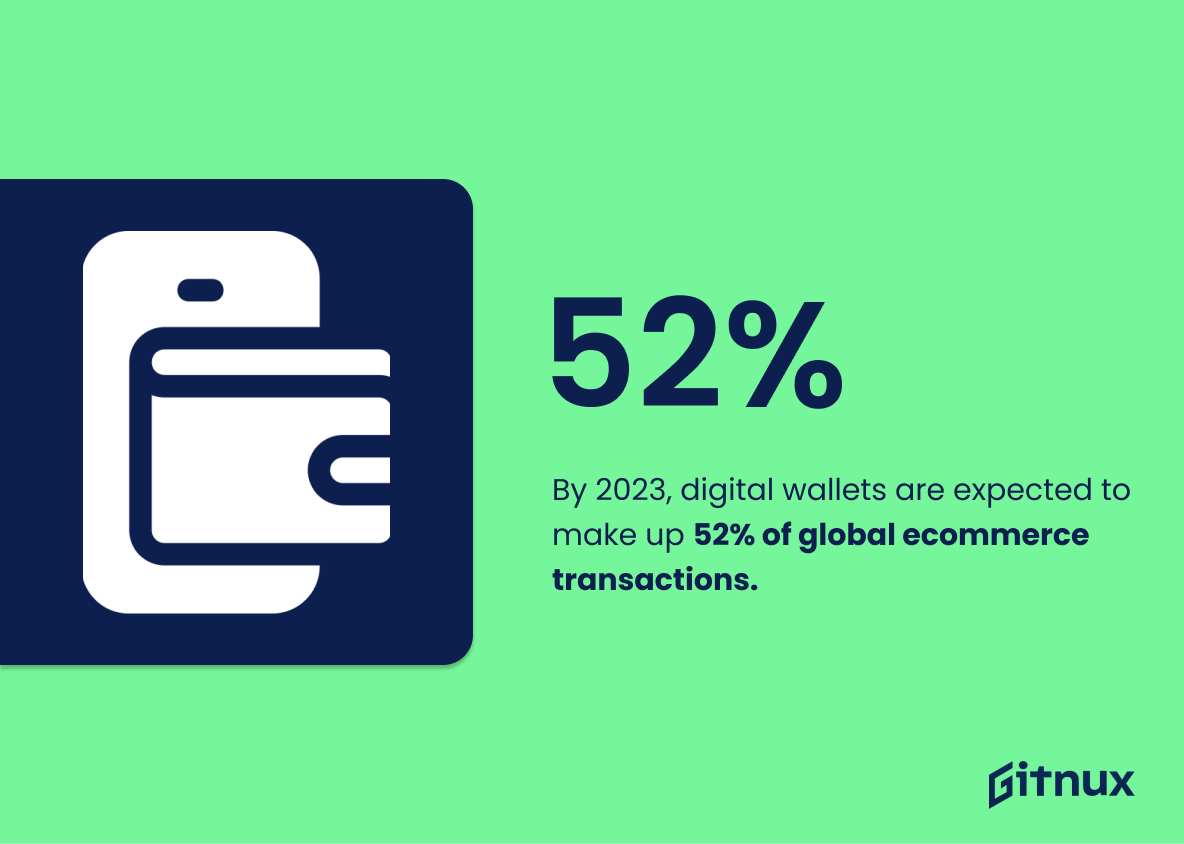Today’s digital age is rapidly redefining commerce, and at the heart of this transformation lies the Payment Processing Industry. Fueled by innovative technologies and consumer demands for quick, seamless transactions, this industry is experiencing monumental growth and extensive evolution. This blog post delves into a comprehensive array of essential statistics, revealing the current state and future predictions of the Payment Processing Industry. From transaction volumes to industry leaders, from emerging trends to geographical breakdowns, we will provide an in-depth insight into this fascinating world of financial exchange. Readers will find these statistics compelling and useful, whether you are an established player, a prospective entrant or simply a curious enthusiast looking to understand the emerging dynamics of payment processing.
The Latest Payment Processing Industry Statistics Unveiled
The global payment processing solutions market was valued at $39.3 billion in 2018.
Drawing from the rich numerical tapestry of the payment processing industry, this striking figure of $39.3 billion puts a vivid spotlight on the economic weight the market carried in 2018. With such a grandiose valuation, the statement underscores the robust vitality of the industry during that period. Moreover, it offers a powerful baseline from which to perceive growth trends, market shifts, and industrial evolutions within the sector. This omnipresent backdrop of financial magnitude becomes instrumental while dissecting other intricacies in our blog post centered on Payment Processing Industry Statistics.
The payment processing solutions market is expected to grow at a CAGR of 10.2% from 2021-2028.
In the sharpening landscape of the Payment Processing Industry, this looming ascension of the market, anticipated to soar at a CAGR of 10.2% from 2021 to 2028, serves as a powerful testament. It frames a panorama where the labyrinth of transactions will only demand more sophisticated, seamless, and secure pathways. This promising growth trajectory paints a vivid perception about the relentless march of digital economy and its centrality to businesses worldwide. For both established companies and ambitious startups, this stirring realization calls forth a need to innovate, adapt and excel in delivering advanced payment solutions, intensifying the competitive dynamics of the industry. Indeed, standing at the precipice of this burgeoning industry expansion, it’s incumbent upon relevant stakeholders to harness this data atom, forecasting not just an era of growth, but of transformation and opportunities.
Payment services hold the largest market share of 41.51% in 2020 in the payment processing solutions market.
The statistic spotlighting that payment services command a staggering 41.51% market share in the payment processing solutions industry in 2020 forms the lifeline of our blog post about Payment Processing Industry Statistics. Its sheer magnitude not only acts as the pulse-check for assessing how firms and consumer behaviors are shaping the industry’s landscape, but it also adds an influential perspective that defines their preference.
The dominance of payment services underlines an intriguing shift in market dynamics and trends, while painting a vivid picture of their increasing role in the financial ecosystem. The colossal share encapsulates the primary fulcrum around which the entire post rotates, uncovering the strengths, weaknesses, opportunities, and threats within the industry.
In essence, this potent figure serves as a lighthouse, guiding stakeholders towards making strategic decisions, and providing insightful analysis into the evolving payment processing industry. It demonstrates the potent relationship between economic change, technological advances, and the emerging dominance of certain market players. It clearly highlights where the pulse of the industry and market lies, hence defining and determining its future direction.
The total global non-cash transaction volume was 539.6 billion in 2019, up from 471.2 billion in 2018.
Embarking on a journey through the payment processing industry statistics, one cannot overlook the staggering leap in the total global non-cash transaction volume. Witnessing a surge from 471.2 billion in 2018 to 539.6 billion in 2019, these figures underscore the accelerated shift towards digital transactions worldwide. This dramatic rise encapsulates the essence of an ever-evolving landscape, underpinned by the advent of advanced payment technologies and the convergence of commerce onto digital platforms. Notably, these numbers spotlight the expanding opportunities for payment processors amidst the great digital transition, illuminating potential growth avenues for industry players. Thus, the relevance of this statistic in unfolding the compelling narrative of the payment processing industry is undeniable.
Business-to-business (B2B) payments are predicted to reach $200 trillion by 2028.
This powerful prediction, spotlighting a potential surge to $200 trillion in Business-to-Business (B2B) payments by 2028, paints an intriguing picture for those tracking Payment Processing Industry Statistics. It hints at an explosive growth trajectory and an evolving economy, bullish on digitization and technology. This anticipated escalation in B2B transactions underlines a monumental shift in how businesses are choosing to transact, profoundly influencing the payment processing landscape. Consequently, it heralds lucrative opportunities for those companies that can capitalize on this trend by offering efficient, secure and innovative payment solutions. It’s akin to predicting a windfall – and who wouldn’t want a fair warning to be prepared?
In 2020, credit cards were the most used digital payment method worldwide.
Highlighting the prominence of credit cards as the favored digital payment method in 2020 offers critical insights into the evolving global landscape of the Payment Processing Industry. It underscores the endurance of traditional payment instruments, like credit cards, even amidst the rise of alternative digital payment options such as cryptocurrency and mobile wallets. Those exploring the data might consider how their business strategies can capitalize on this trend, adapt to emerging patterns, or address any challenges posed by the credit card’s dominance. The statistic sets a reference point that shapes understanding of current consumer behavior, guides prediction of future trends, and ultimately, illuminates the trajectory of the Payment Processing Industry.
Total U.S. payment fraud losses amounted to $8.14 billion in 2020.
The allure of the figure, ‘Total U.S. payment fraud losses amounted to $8.14 billion in 2020,’ lays bare the vulnerability to deception existing within the Payment Processing Industry. This staggering sum lifts the lid on the throbbing heart of an industry grappling with fraud, a challenge that is not only costly but also threatens trust, which is a vital ingredient in their relationships with customers. In a world of bytes and bots, it underlines the urgent for technological advancement, stringent security protocols, and better detection systems. As a barometer of trust within the digital payments ecosystem, this statistic lays the groundwork for discussions about the industry’s challenges, future directions and the importance of innovation in guaranteeing transactional trust.
China’s mobile payments reached $178 trillion in 2020.
In the realm of Payment Processing Industry Statistics, the gargantuan figure of $178 trillion in mobile payments from China in 2020 serves as a clear testament to the seismic shift that is happening in everyday transactions. This fascinating byte of data not only heralds China as a pacesetter in the mobile payment revolution, but it also sends ripples of implications across the global financial landscape.
This unprecedented surge capture vividly the accelerating trend towards a cashless society, where consumers increasingly favor seamless, digital payment solutions over physical currency. This transformation opens up a plethora of opportunities, with potential to reshape not just the payment processing industry, but also tech innovation, consumer behaviors, and government regulations.
Moreover, juxtaposing this monetary-magnitude with other key global markets could offer insightful understanding into regional diversities and competitive landscapes. Importantly, service providers can harness this intelligence to navigate emerging challenges, forecast trends, and fine-tune their strategies for success in this hyper-digitalized economy. Therefore, the astronomical $178 trillion figure is far more than a statistic, it’s a futuristic compass steering the route of the Payment Processing Industry.
The average American household has 8.5 different cards for payments.
Peering into the numerical world of the Payment Processing Industry, the statistic – ‘The average American household has 8.5 different cards for payments’ generates striking insights. This data point is the metaphorical heartbeat, reflecting the vibrancy and complexity of the American payments spectrum.
It underlines the pulsating growth and diversity present in the industry, indicating the competition among card issuers trying to secure a slot in American wallets. Furthermore, it flags the widespread acceptance and reliance on cards as a preferred mode of payment, subtly nudging payment processors to continually optimize their technology for seamless card transactions. At the same time, it is an essential cue for those interested in carving out innovative, user-centric payment solutions that cater to this appetite for multiple payment options.
So, like constellations guiding sailors, this statistic guides stakeholders in the Payment Processing Industry – Providing direction, sparking curiosity and encouraging exploration into the rich universe of payment preferences amongst American households.
In 2020, almost 70% of consumers in the US used mobile banking.
The heartbeat of the Payment Processing Industry is driven by patterns of consumer behavior. Glancing through the lens of 2020 consumer data, we see a remarkable trend: approximately 70% of US consumers have made use of mobile banking, showcasing a seismic shift to online platforms.
It’s not only captivating, it’s downright transformative for the industry. This profound digitization of financial transactions places significant emphasis on the necessity for safe, seamless, and swift payment processing systems. The statistics reflect a consumer base that is becoming increasingly tech-savvy and evermore trusting in digital banking practices. This movement discernibly outlines the road for future growth and innovation in this industry.
Stakeholders can no longer ignore this digital momentum; It offers the key to understanding market currents and the interests of the next-gen users. This data point has the power to revolutionize strategies, re-shape product offerings, and redefine competitive dynamics in the payment processing arena. Thus, it is not merely a stat, but a compass directing the industry’s progression.
Digital wallets are predicted to account for 52% of global ecommerce transactions by 2023.
Imagine a world where more than half of all global e-commerce transactions are carried out not with cash or cards, but digital wallets. This isn’t a distant dream but a reality anticipated by 2023. This radical leap, signified by the increasing preference for digital wallets, mirrors an industry-wide shift in the payments processing domain.
In essence, this prophecy reflects the escalating influence of the digital era on our purchasing habits. For stakeholders within the payment processing industry, this is comparable to a seismic wave set to transform their landscape. It highlights the pressing need for adapting and rethinking their strategies, the significance of investing in digital wallet technology, and how they can better position themselves in the burgeoning e-commerce market.
This digitization trend presents opportunities to seize and challenges to navigate. It’s a clarion call for the industry players to shun complacency and unswervingly tune in to the changing frequencies of consumer behavior, technological advancements, and market trends. Properly leveraged, this shift carries the potential to propel the payment processing engine towards unprecedented growth trajectories while reshaping the way the world transacts.
Conclusion
Keeping up with the latest trends in payment processing industry is vital for businesses aiming for success in today’s fiercely competitive landscape. The ever-increasing push towards digitalization, rising adoption of mobile payments, and growing customer expectations for secure, seamless transactions presents both challenges and opportunities. Harnessing the power of these industry statistics can help businesses strategize effectively, tap into new markets, and provide superior customer experiences. As we continue to witness rapid advancements in technology, the face of payment processing is bound to evolve even further, making it all the more essential for companies to stay attuned to the latest industry shifts. In the end, those who adapt will pave the way, while the rest will just follow.
References
0. – https://www.www.statista.com
1. – https://www.nilsonreport.com
2. – https://www.www.grandviewresearch.com
3. – https://www.www.globalbankingandfinance.com
4. – https://www.www.finextra.com
5. – https://www.www.globenewswire.com
6. – https://www.www.cnbc.com
7. – https://www.www.creditcards.com



